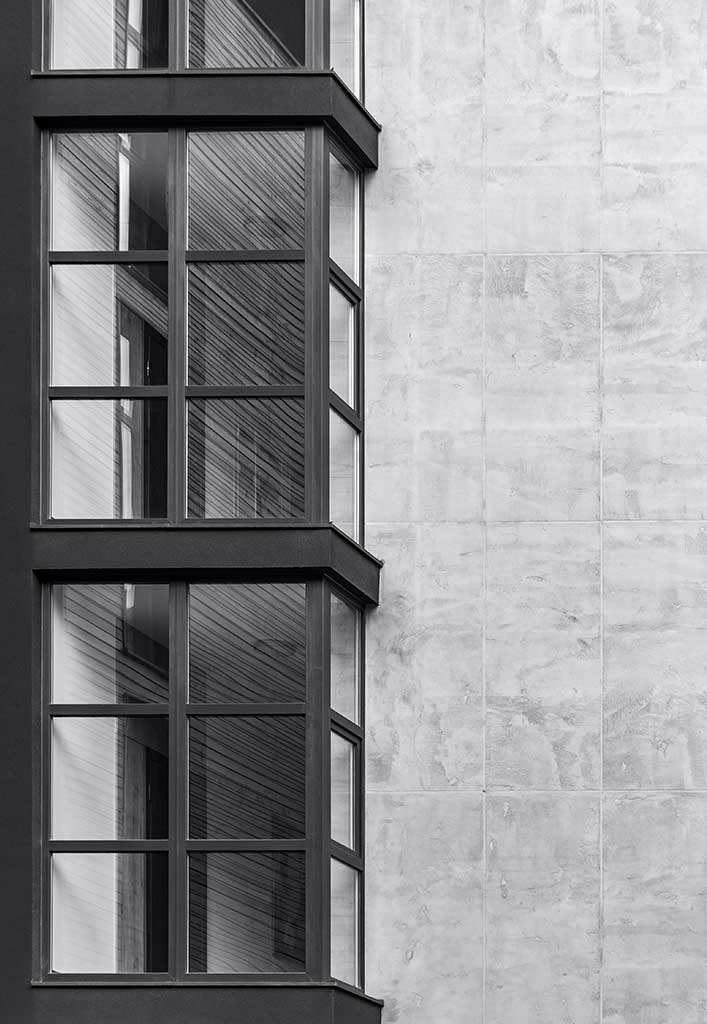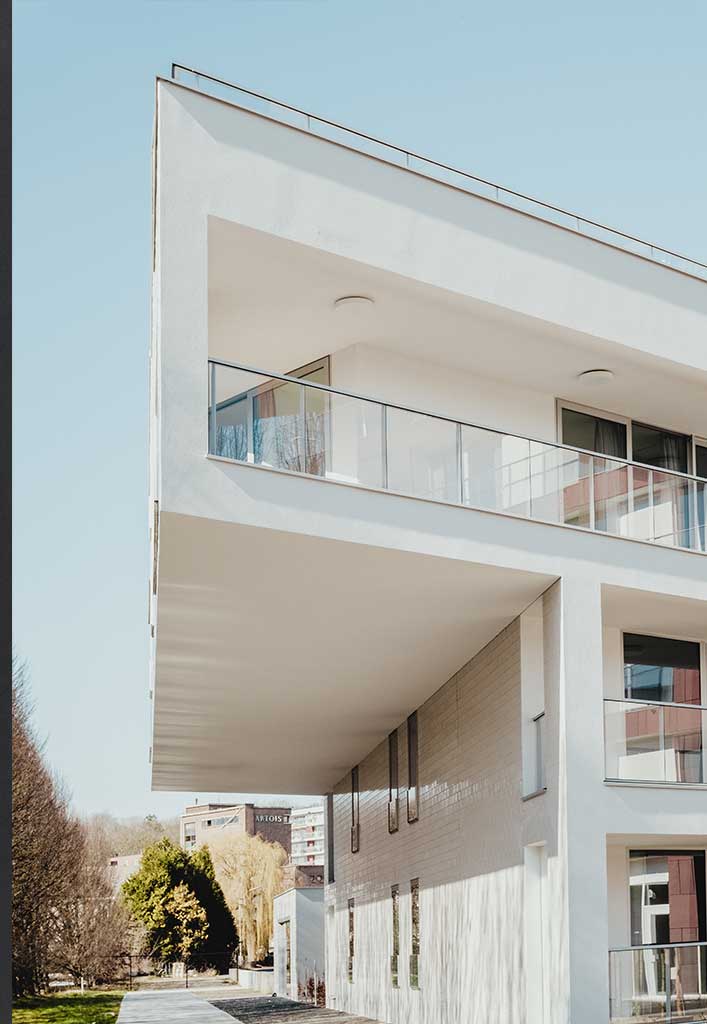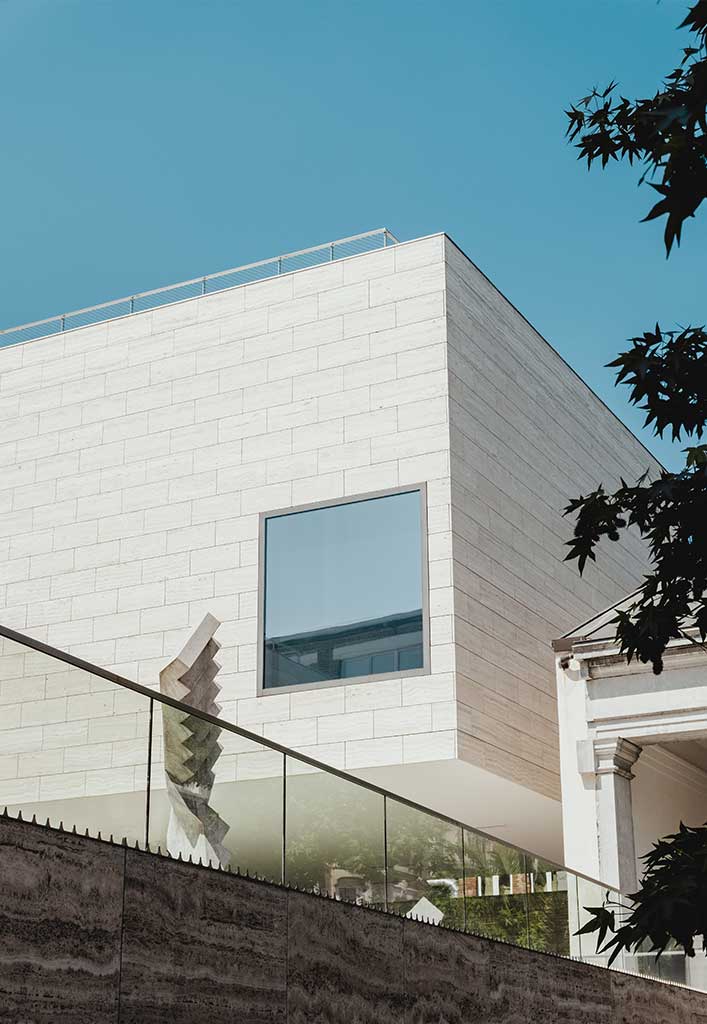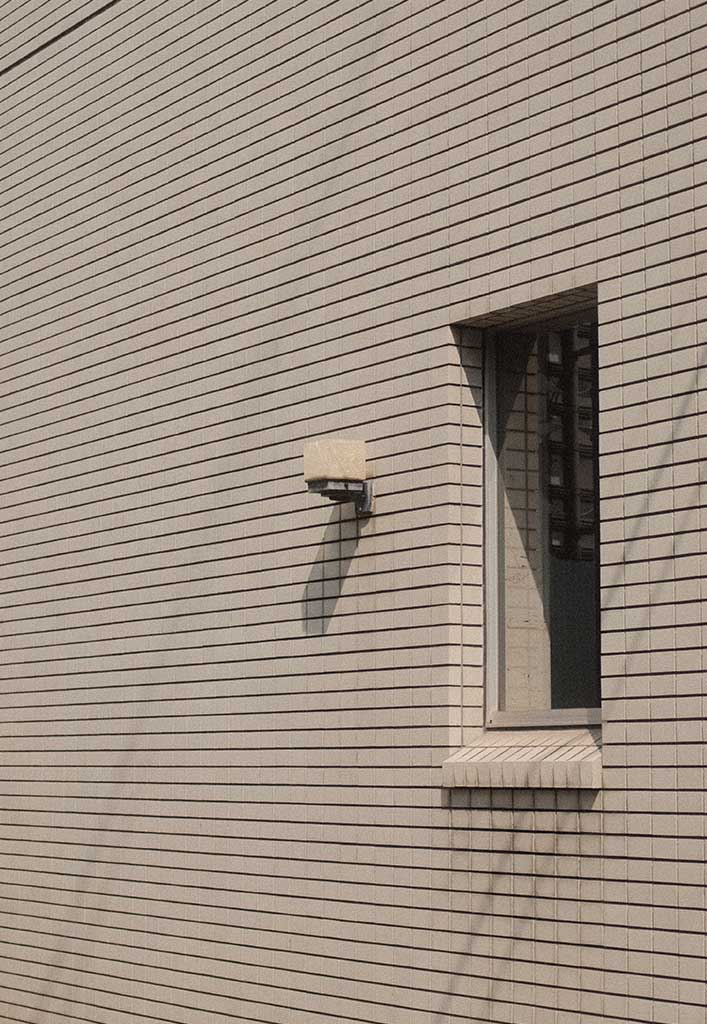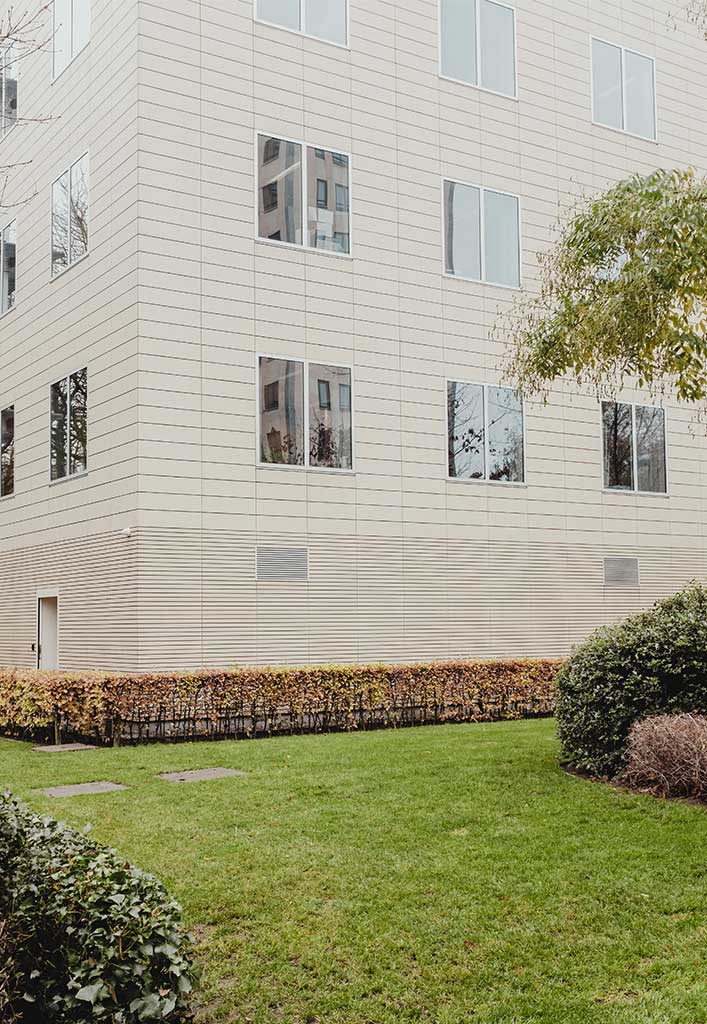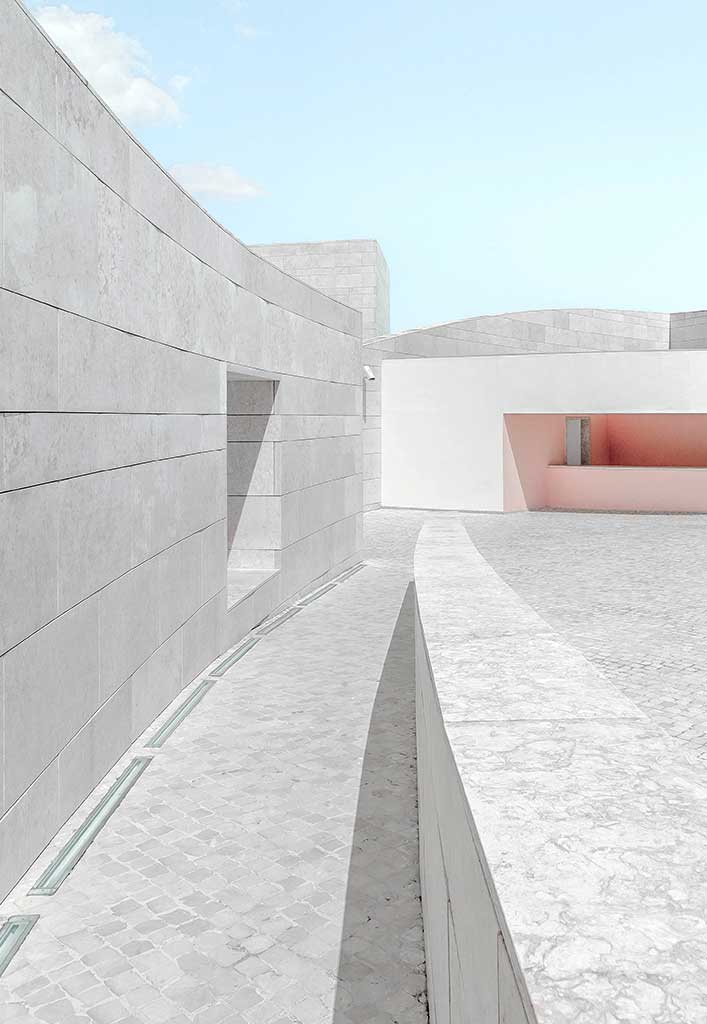Concrete is one of the oldest and most prolific construction materials. In recent years concrete facades and buildings have been gaining in popularity for reasons of durability, design aesthetics, and sustainability. Concrete is one of the oldest and most prolific construction materials. In recent years concrete facades and buildings have been gaining in popularity for reasons of durability, design aesthetics, and sustainability.
Concrete facades are perhaps one of the most commonly chosen options for architectural facades today. A material that is constructed by rough solidification and rigid finish is termed a concrete facade. Before concrete is cast, it is liquefied entirely to possess a different trait that raises wonderful possibilities for designers. The endless choice of finishes helps in defining the core character of a building. Concrete structures can stabilize the internal structure against hot weather. This in turn keeps the internal temperature cooler.
Redefining Aesthetics of Concrete
Concrete, of course, is a popular building material that creates a distinctive architectural style that makes many peoples like, but a good impression can be spoiled if there are too many pores on what was supposed to be a smooth surface. It’s impossible to avoid pores in concrete. The material can behave unpredictably, which means the size and number of pores may vary, there can be overlapping joints, shuttering undulations, and marks which makes it worst.
Innovation and Developments is a Continuous Process
We had already felt our presence in the year 2007 by introducing in the nation the concept of decorative concrete under the name and style of DECORCEM (The stamped concrete), later we brought GRANIMITZ (manufactured stone veneers).

